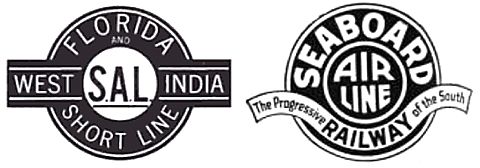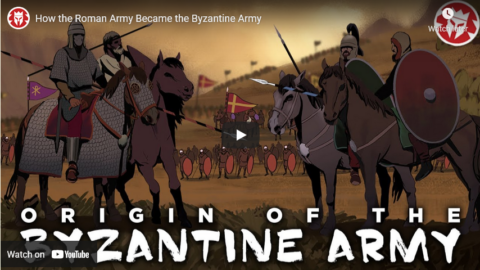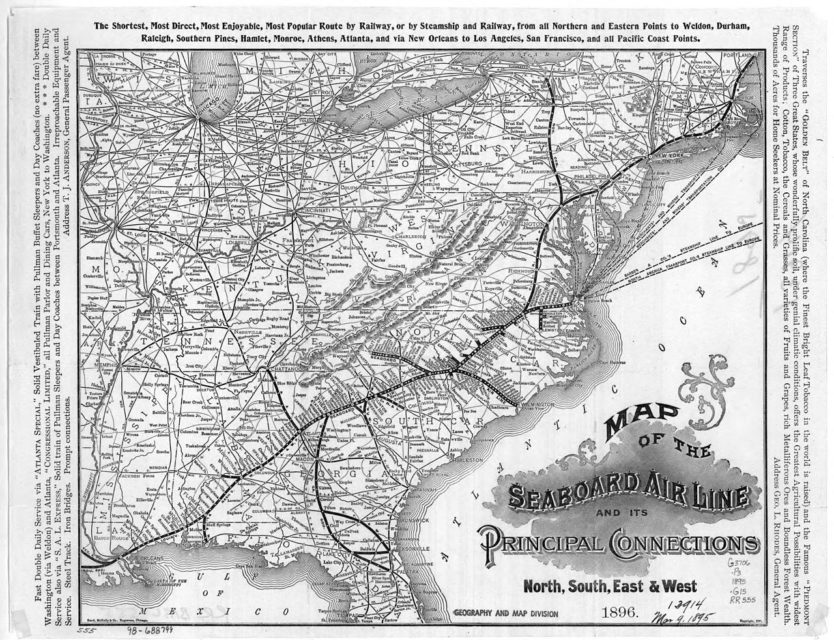Kings and Generals
Published 2 Mar 2021Video is Sponsored by Ridge Wallet: https://www.ridge.com/KINGSANDGENERALS Use Code “
KINGSANDGENERALS” for 10% off your order!The Kings and Generals animated historical documentary series on the evolution of the Roman Army continues with the first episode of the series on the Army of the Eastern Roman Empire — the Byzantine Empire. In this episode, we’ll mainly focus on how the Roman army was transformed into the Byzantine army and talk about the armies of Justinian and Belisarius described by Procopius.
Support us on Patreon: http://www.patreon.com/KingsandGenerals or Paypal: http://paypal.me/kingsandgenerals. We are grateful to our patrons and sponsors, who made this video possible: https://docs.google.com/document/d/1o…
The video was made by our Arb Paninken http://bit.ly/2Ow3oC8, while the script was developed by Leo Stone. This video was narrated by Officially Devin (https://www.youtube.com/user/OfficiallyDevin)
✔ Merch store ► teespring.com/stores/kingsandgenerals
✔ Podcast ► Google Play: http://bit.ly/2QDF7y0 iTunes: https://apple.co/2QTuMNG
✔ Twitter ► https://twitter.com/KingsGenerals
✔ Instagram ► http://www.instagram.com/Kings_GeneralsProduction Music courtesy of Epidemic Sound: http://www.epidemicsound.com
#Documentary #Byzantines #Romans
March 4, 2021
How the Roman Army Became the Byzantine Army
Fallen Flag — the Seaboard Air Line Railroad

Seaboard Air Line logos used in print advertising, circa 1900 (left) and 1916 (right).
Wikimedia Commons.
This month’s Classic Trains fallen flag feature is the Seaboard Air Line by Larry Goolsby. The railroad’s earliest antecedent was originally chartered in 1832 to build a rail line from Portsmouth, Virginia to Weldon, North Carolina, a port on the Roanoke River which flows into Albemarle Sound. The Portsmouth & Roanoke began operation in 1834 and changed its name to the Seaboard & Roanoke around 1838 after several financial reorganizations and refinancing efforts. In 1837, the first passenger fatalities in US railroad history occurred in a head-on collision between a eastbound lumber train hit the westbound passenger train from Portsmouth on 11 August. Three young women were killed in the accident, all members of the Ely family.
Along with most other railroads in the Confederate states, Virginian and North Carolinian railroads were seriously damaged physically in the fighting and became political footballs during the Reconstruction Era. In the 1880s, the Seaboard and Roanoke was one of several railroads merged to form the Seaboard Air Line Railway which extended from Virginia to Georgia. The name Seaboard Air Line was in use well before the legal merger as a marketing device to help attract traffic.
The “Air Line” name was often used by railroads of the period to denote a route supposedly “as straight as the crow flies.” It was a reasonably direct run from Portsmouth to Weldon, but the Air Line label would be more than hype when in the 1880s Seaboard acquired a line linking Hamlet and Wilmington, N.C., which included a 79-mile tangent track, longest in the U.S.
As the 19th century closed, the SAL system came under control of a group led by John Skelton Williams, who added a line from Richmond, Va., to Weldon, and acquired the Florida Central & Peninsular, transforming what had been a Portsmouth–Atlanta carrier into a north-south line. In 1900, the various SAL roads were incorporated as Seaboard Air Line Railway with its coastal main line from Richmond going through Raleigh, Columbia, and Savannah to Jacksonville and Tampa.
While the World War II years strained SAL’s resources the railroad shouldered the load with new EMD FTs, secondhand steam engines from Western Maryland and Chicago & North Western, and installation of block signals and centralized traffic control over large portions of its main line. Wartime income helped the carrier emerge from receivership in 1946 as Seaboard Air Line Railroad.
High-profile wrecks, several involving passenger trains, spurred quick postwar completion of the signaling and modernization campaign. SAL’s earliest CTC installation had started south from Richmond in 1941. By the early 1950s, signals covered most mainline mileage, keeping the operation competitive with its double-tracked neighbor Atlantic Coast Line.
Seaboard added more streamlined cars from Budd in 1947 and lightweight sleepers from several builders beginning in 1949. The Silver Star name was given to what had been a second section of the Meteor, and the two “Silver Fleet” members held down the first-class New York–Florida trade. The Silver Comet was added to the New York–Birmingham route. Seaboard continued to maintain its premier trains to high standards into the 1960s, proudly calling itself “The Route of Courteous Service.” The Meteor and Star names survive on Amtrak’s New York–Miami route.
As with so many North American railways after World War II, the Seaboard faced stiff competition not only from direct competitors like the Atlantic Coast Line, but also from trucks diverting freight onto the interstate highway system but also from airlines whisking its passengers more rapidly to holiday destinations in Florida. The economic situation was clear in the mid-1950s and Seaboard applied for government approval to merge operations with rival Atlantic Coast in 1958, but did not get through the legal obstacle course until 1967 when the merger was formalized as the new Seaboard Coast Line Railroad.
Teenagers vs the British Empire: Smith Bateman’s Hall Rifle
Forgotten Weapons
Published 24 Nov 2020http://www.patreon.com/ForgottenWeapons
https://www.floatplane.com/channel/Fo…
Cool Forgotten Weapons merch! http://shop.bbtv.com/collections/forg…
On May 20, 1826 the United States Congress formally presented Model 1819 Hall rifles with personalized silver plaques to the 20 members of Aikin’s Volunteers, for their “Gallantry at the Siege of Plattsburg”. The Volunteers were a group of 20 boys, aged 14-17, from the Plattsburg Academy who joined up under 21-year-old Martin Aikin to help in the Defense of Platssburg during the British Invasion in 1814. The boys acted as valuable scouts in the days leading up to the battle, and on the main day of fighting they manned positions at a mill on the Saranac River, preventing British troops from crossing under rifle fire. The American General Macomb commended the boys’ contribution to the battle, and promised each a rifle as a token. Of thanks. It would take Congress 14 years to fulfill that promise, but they finally did in 1826, with the only rifles ever presented to civilians by Congress before or since.
Contact:
Forgotten Weapons
6281 N. Oracle #36270
Tucson, AZ 85740
QotD: Accounting for the long-term fall in the crime rate
Any criminologist will tell you that criminals as a group are also highly deviant in ways that are not criminal. They have very high rates of accidental injury, alcoholism, nicotine addiction, and involvement in automobile collisions. They have poor impulse control. They have high time preference (that is, they find it difficult to defer gratification or regulate their own behavior in light of distant future consequences). And they’re stupid, well below the whole-population average in IQ or whatever other measure of reasoning capacity you apply. I’m going to revive a term from early criminology and refer to these dysfunctional deviants as “jukes”.
One clue to the long-term fall in crime rates may be that most of the juke traits I’ve just described are heritable. Note that this is not exactly the same thing as genetically transmitted; children may to a significant extent acquire them from their families by imitation and learning.
The long-term fall in crime rates suggest that something may have been disrupting the generational transmission of traits associated with criminal deviance. Are there plausible candidates for that something? Are there selective pressures operating against jukeness that have become more pressing since the 1960s?
I think I can name three: ready availability of intoxicants, contraception, and automobiles.
Once I got this far in my thinking I realized that the authors of Freakonomics got there before me on one of these; they argued for a strong forward influence from availability of abortion to decreased crime rates two decades later. And yes, I know that a couple of conservative economists (Steve Sailer and John Lott) think they’ve found fatal flaws in the Levitt/Dubner argument; I’ve read the debate and I think Levitt/Dubner have done an effective job of defending their insight.
But I’m arguing a more general case that subsumes Levitt/Dubner. That is, that modern life makes juke traits more dangerous to reproductive success than they used to be. Automobiles are a good example. Before they became ubiquitous, most people didn’t own anything that they used every single day and that so often rewarded a moment’s inattention with injury or death.
Ready availability of cheap booze and powerful drugs means people with addictive personalities can kill themselves faster. Easy access to contraception and abortion means impulse fucks are less likely to actually produce offspring. More generally, as people gain more control over their lives and faster ways to screw up, the selective consequences from bad judgment and the selective premium on good judgment both increase.
Eric S. Raymond, “Beyond root causes”, Armed and Dangerous, 2010-01-12.






